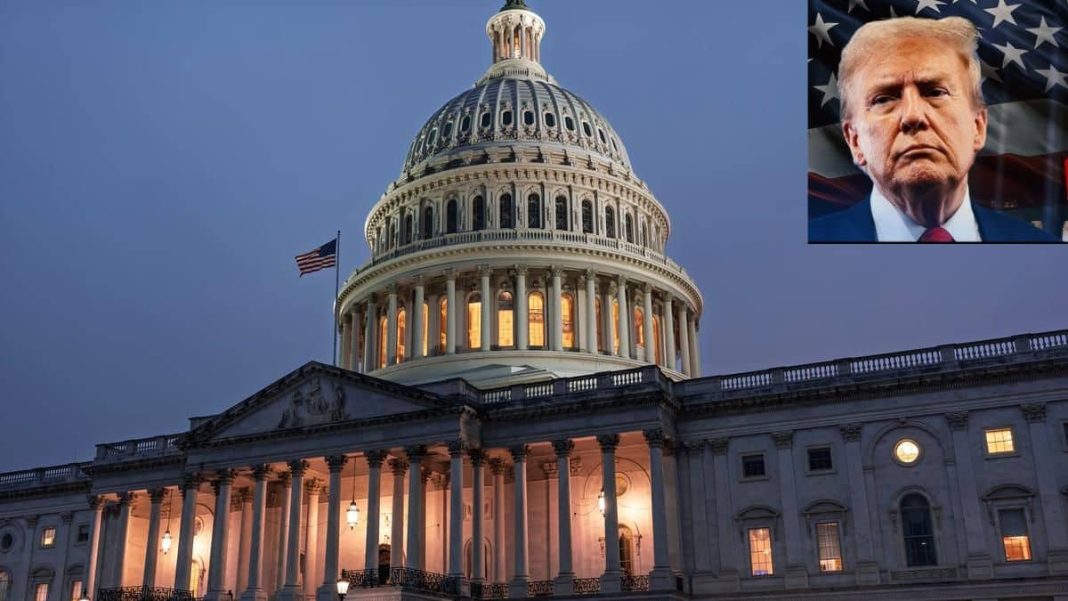Key Takeaways
- 42 million Americans face potential SNAP benefit cuts next month due to government shutdown
- USDA warns funding shortfall could occur within two weeks
- 17 states preparing to halt new food stamp applications
- Political deadlock between Republicans and Democrats blocks funding resolution
Millions of American families could experience food insecurity this Thanksgiving as a prolonged government shutdown threatens to suspend SNAP food stamp payments. The Supplemental Nutrition Assistance Program, supporting 42 million people nationwide, may run out of funds next month without a congressional spending agreement.
Funding Crisis Looms
Agriculture Secretary Brooke Rollins confirmed at a White House briefing that SNAP funding faces a critical shortfall in just two weeks. “So you’re talking about millions and millions of vulnerable families, of hungry families that are not going to have access to these programs because of this shutdown,” Rollins stated. She attributed the crisis to Democrats prioritizing “their political agenda ahead of food security for American families” in a social media post.
Political Standoff Deepens
Democrats counter that Republicans are blocking a deal to extend Obamacare premium subsidies. The political impasse comes as the USDA notified states that continued funding lapses would prevent full November benefit distributions. States have been instructed to postpone next month’s payments indefinitely.
SNAP Program Details
The nation’s primary anti-hunger program provides approximately $188 monthly per person. While SNAP maintains a $6 billion contingency fund, November requirements total $8 billion. A senior official indicated partial benefits remain uncertain, with complete depletion possible within two weeks.
New York Governor Kathy Hochul criticized the administration’s directive to states regarding payment halts. This marks the second major nutrition program endangered since the October 1 shutdown began.
State-Level Impacts
Seventeen states are preparing to suspend new SNAP applications as funding uncertainty grows. Complex distribution systems requiring combined October-November payments create additional strain. Some states may process October applications separately to maximize available funds.
The current situation echoes the 2018 government shutdown when the USDA initially projected benefit exhaustion before utilizing emergency provisions to extend funding.
With political negotiations stalled, millions of households confront potential benefit interruptions during the holiday season.






